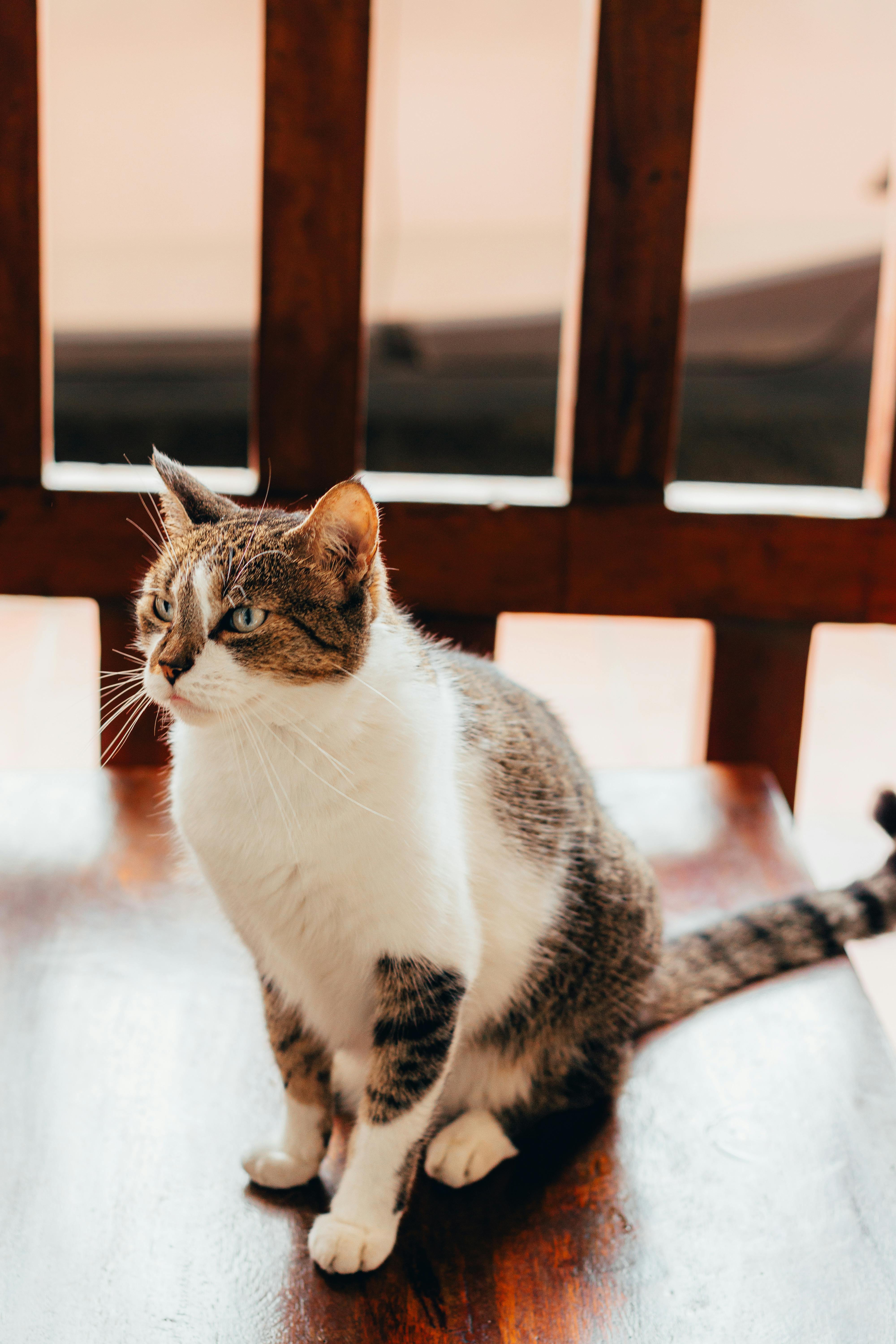
It is never okay to hit your cat. Physical punishment breaks trust and causes fear, stress, or aggression.
✔️ Instead, Try These Humane Correction Methods:
- Redirect your cat when she misbehaves.
- Use positive reinforcement to teach preferred behaviors.
- Apply gentle deterrents instead of using force.
- Understand the root cause of unwanted behavior.
📝 Real-Life Scenarios
1. Scratching the Sofa
Wrong Behavior: Your cat sharpens her claws on your living room sofa.
Correct Response: Calmly move her to a scratching post. Praise and offer treats once she uses it.
2. Jumping on the Kitchen Counter
Wrong Behavior: She jumps up while you're preparing food.
Correct Response: Gently pick her up, place her on the floor, and say “no.” Immediately reward her attention on the floor with a treat or toy.
3. Night-Time Zoomies
Wrong Behavior: She races around at 3 a.m., knocking over lamps.
Correct Response: Provide more daytime play and schedule nightly play before bed. If she zooms awake, ignore the behavior—no yelling or hitting.
🚫 What Not to Do
- Never hit, shake, or scream at your cat—it damages your relationship.
- Don’t rub her nose in her mistakes—cats don’t understand shame.
- Avoid using water sprays frequently—they can make her fearful.
❤️ Why Kindness Works Best
Cats don’t understand punishment the way we do. They learn through association. When correct behavior is rewarded quickly, they’re more likely to repeat it. Above all, a bond built on respect and trust keeps your home calm—and your cat feeling safe.
Final Word: You can guide your cat without hurting her. With patience, positive reinforcement, and gentle correction, both of you can thrive together.
📸 Photo by Camilo Ospina on Pexels